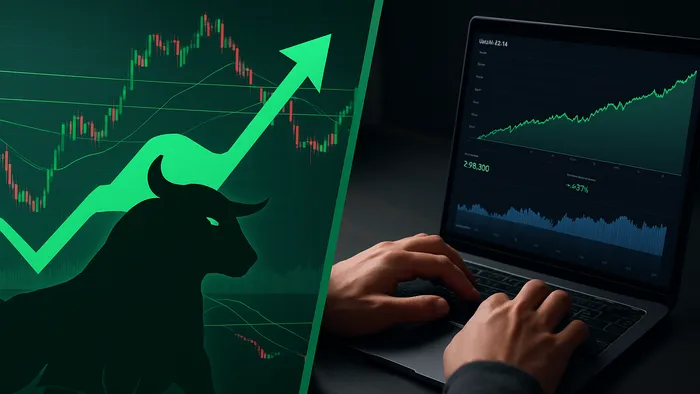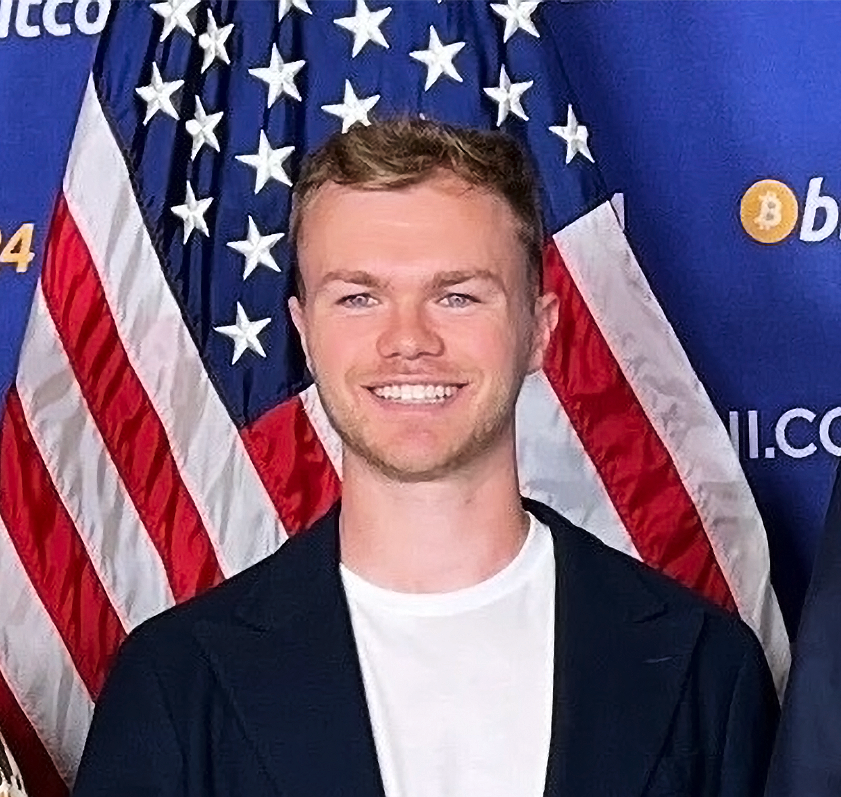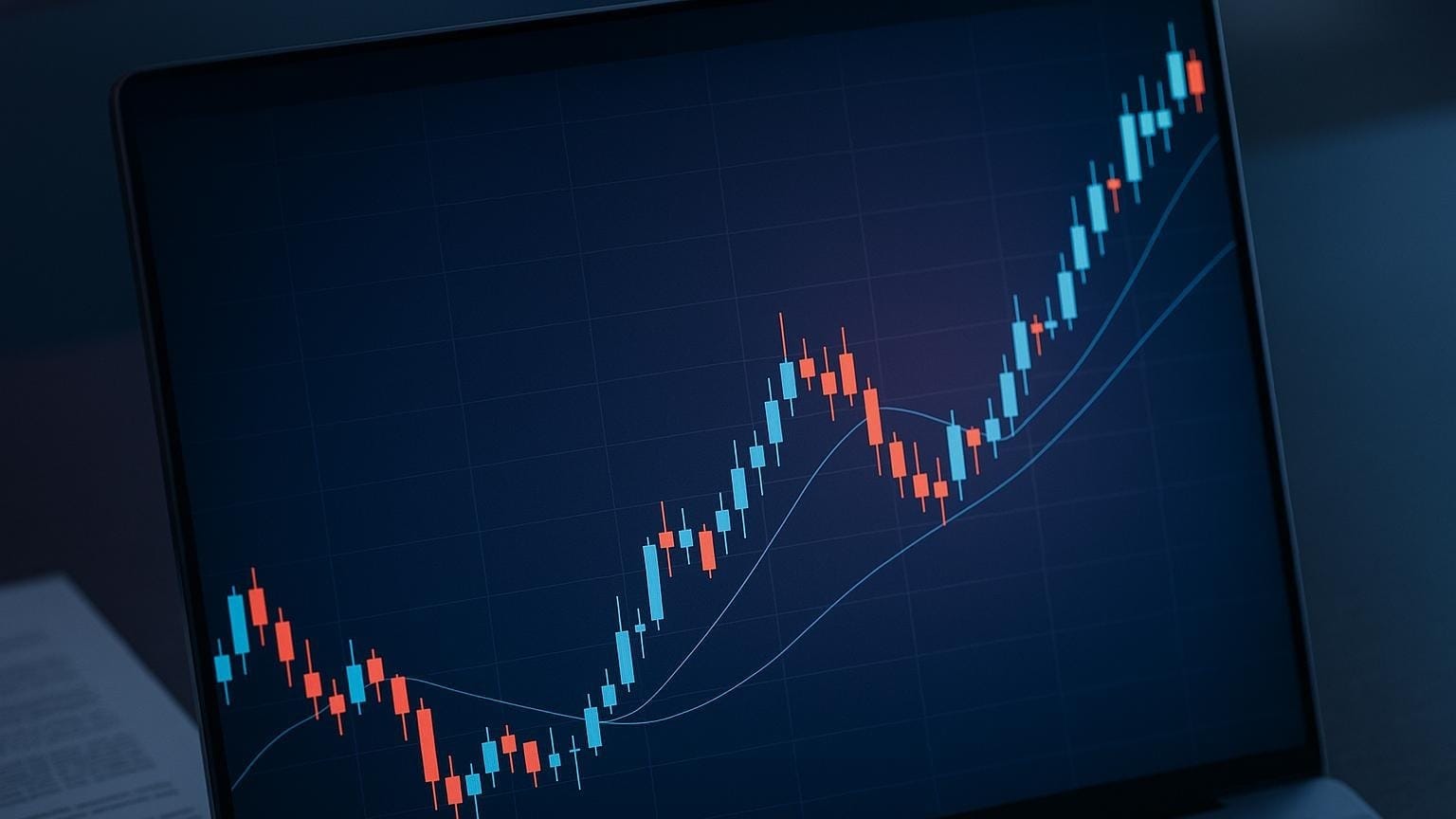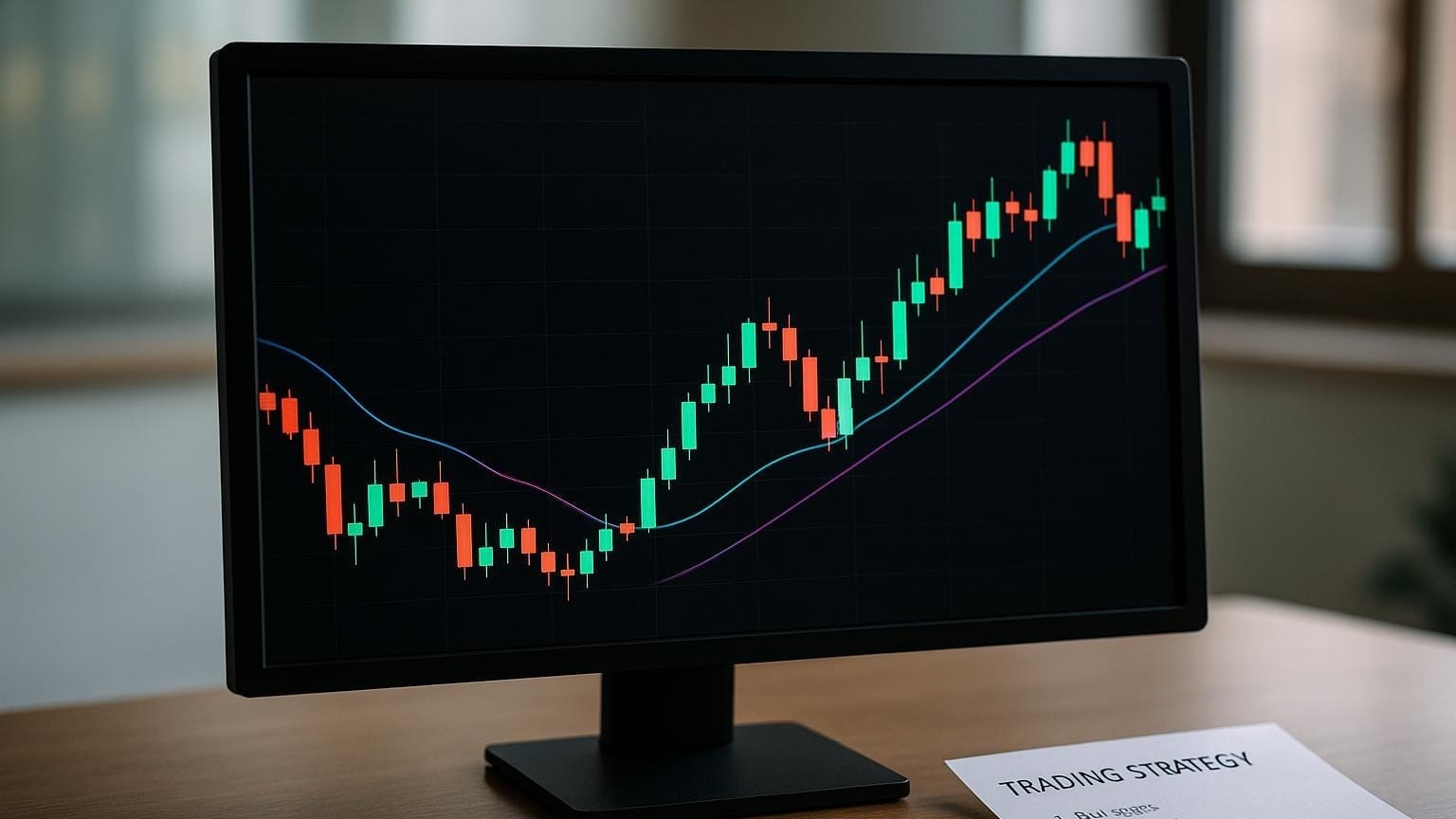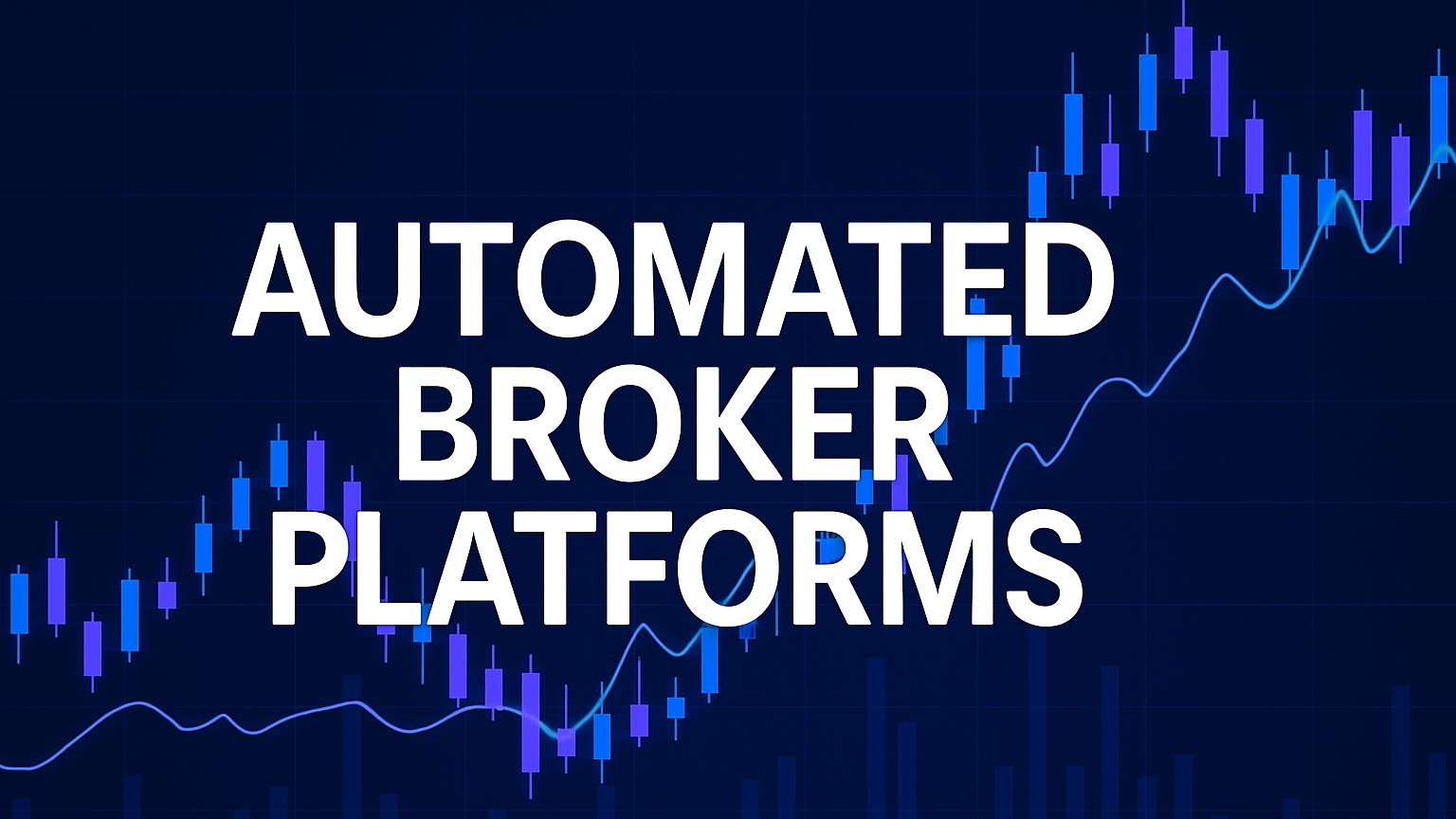Explore algorithmic trading competitions to enhance your skills, connect with experts, and win prizes in a risk-free environment.
Want to sharpen your trading skills without risking real money? Algorithmic trading competitions let you test strategies, win prizes, and connect with industry experts, all in a simulated market environment. These events are perfect for beginners and pros alike, offering data, resources, and a chance to refine your trading systems.
Key Takeaways:
- Risk-Free Learning: Experiment with $100,000 virtual accounts in simulated markets.
- Big Rewards: Platforms like Quantiacs offer up to $1 million per contest and profit-sharing opportunities.
- Skill Building: Gain hands-on experience with Python, TensorFlow, and real-world data.
- Networking: Meet professionals and open doors to career opportunities.
- Top Competitions: Quantiacs, WorldQuant, and others focus on futures, crypto, and equities.
Quick Comparison:
| Platform | Focus | Prize Pool | Key Features |
|---|---|---|---|
| Quantiacs | Futures, Crypto | $2 million per contest | 25+ years of data, profit-sharing, Python/Matlab frameworks |
| WorldQuant | Team strategies | $1,500 - Global prizes | BRAIN simulation, career opportunities, three-stage contest |
| TradingView (CME) | Paper trading | Varies | Requires subscription, region-specific eligibility |
Competitions provide a safe and competitive way to test your strategies, measure performance, and prepare for live trading. Ready to build your edge in the market? Dive in!
Quick Start Guide to Quantiacs Trading Competitions
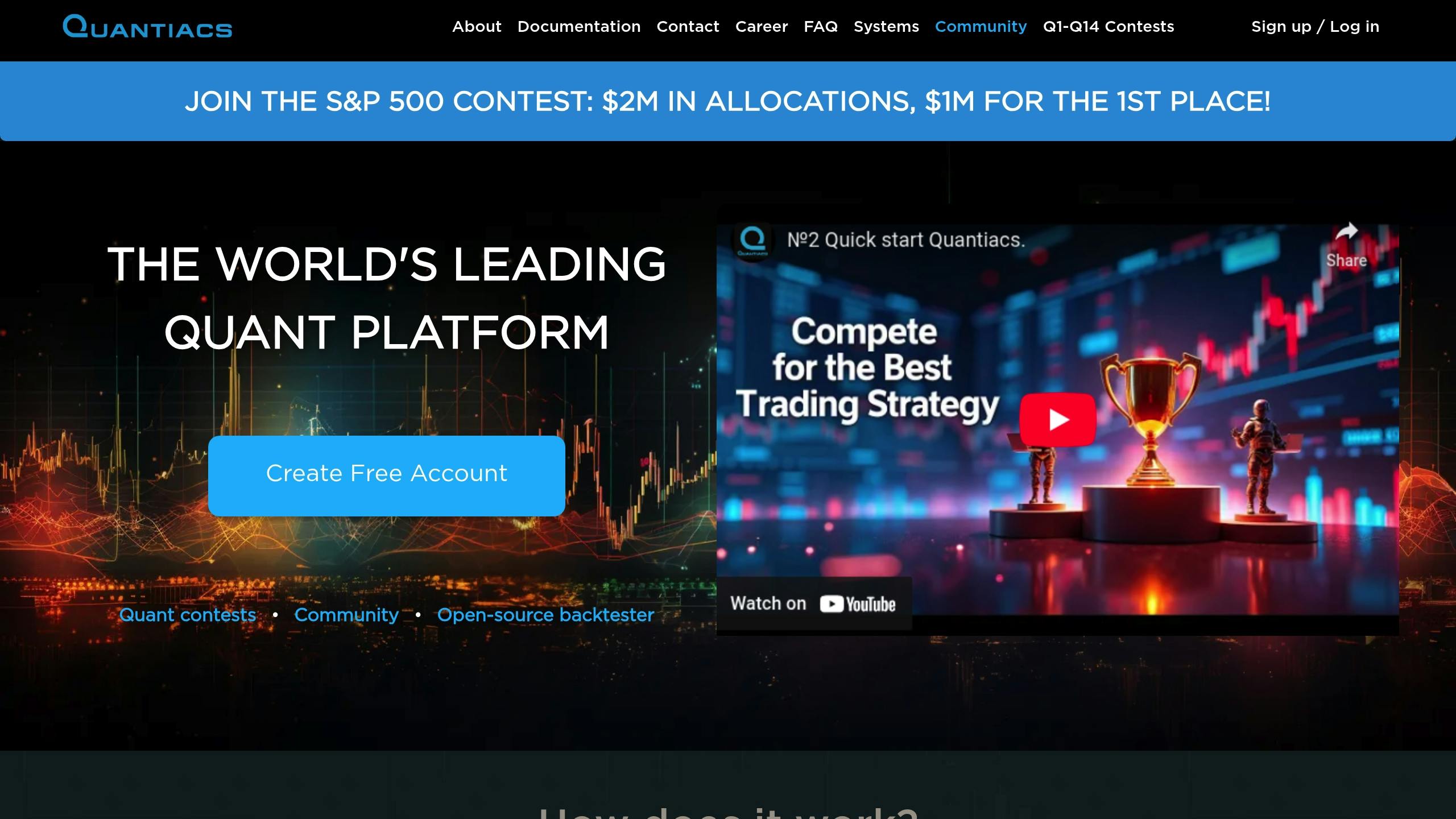
Major Trading Competitions
Algorithmic trading competitions offer a chance to showcase skills and earn rewards. Here’s a breakdown of some leading platforms and what they bring to the table.
Quantiacs Platform
Quantiacs, active since 2014, has distributed over $38 million in awards and allocates around $2 million per contest. Winners also receive 10 percent of the profits from their trading systems. Key features include:
| Feature | Description |
|---|---|
| Programming Frameworks | Python and Matlab libraries with extensive data |
| Historical Data | 25+ years of futures data and economic indicators |
| Prize Structure | First-place prizes up to $1 million |
| Profit Sharing | 10 percent of system profits shared with winners |
Quantiacs not only challenges participants but also helps refine their trading expertise. For example, Dr. Kodiak, a data scientist in the health industry, won three consecutive first-place prizes, now manages a $2.5 million futures portfolio, and earned over $40,000 in profit sharing in one quarter.
WorldQuant Challenge
The WorldQuant International Quant Championship (IQC) focuses on team-based strategy creation. The 2024 competition is divided into three stages:
- University Round: March 19 to May 20, prizes up to $1,500.
- National / Regional Round: May to mid-July.
- Global Finals: September.
Participants use the BRAIN simulation environment, which supports over 100,000 users and boasts more than 3,500 consultants. Beyond cash prizes, participants can also explore consulting opportunities with WorldQuant.
Additional Competitions
Other specialized contests provide even more options for traders:
| Competition | Asset Focus | Key Features | Prize Structure |
|---|---|---|---|
| Q15 Futures | Futures markets | Individual strategy focus | Prizes up to $1 million |
| Crypto | Cryptocurrency | Digital-asset trading | Tiered prize structure |
| Nasdaq | Stock market | Equity strategies | Seven-tier prize system |
"Great quants can come from anywhere. We are shifting the power of quantitative trading away from bankers and hedge funds, and towards hackers and scientists. We allow our quants access to an industry which has been closed." - Martin Froehler, CEO of Quantiacs
For those interested in equity markets, the Q22 S&P 500 competition offers another avenue to prove algorithmic trading skills.
Competition Rules and Scoring

Standard Rules
Trading competitions come with strict guidelines to ensure fair play and accurate evaluation of skills. These rules often cover eligibility criteria and trading parameters.
Take the TradingView Paper Trading Competition by CME Group as an example. To participate, you must:
- Be at least 18 years old.
- Hold a valid TradingView paid subscription.
- Reside in an eligible region (areas like Crimea, Donetsk, and Luhansk are excluded).
For academic contests like the UChicago Trading Competition the requirements focus on education:
- Teams of three to four undergraduate students.
- At least one member with Python skills.
- Priority often given to freshmen and sophomores.
| Competition Element | Common Requirement |
|---|---|
| Account Balance | Fixed virtual trading account |
| Trading Activity | Minimum required trades per period |
| Geographic Access | Location-based eligibility |
These rules create a level playing field while assessing strategies through well-defined metrics.
Performance Metrics
Scoring hinges on metrics that evaluate both profitability and risk management.
| Metric | Description | Target Range |
|---|---|---|
| Sharpe Ratio | Risk-adjusted returns | Above 2.0 for top scores |
| Daily Drawdown | Maximum one-day loss | About 5 percent of equity |
| Maximum Drawdown | Total loss from peak | About 10 percent of starting balance |
For example, with a $100,000 account, a 5 percent daily drawdown means a $5,000 loss limit. On a $200,000 account, that rises to $10,000. A 10 percent maximum drawdown sets the lowest acceptable balance at $90,000.
"Drawdown limits in trading competitions are usually different from limits used in real trading for self-funded or managed accounts." - BullRush
These metrics are not just for competitions; professional quantitative trading firms rely on them too. Strategies with Sharpe ratios below 2.0 are typically dismissed.


